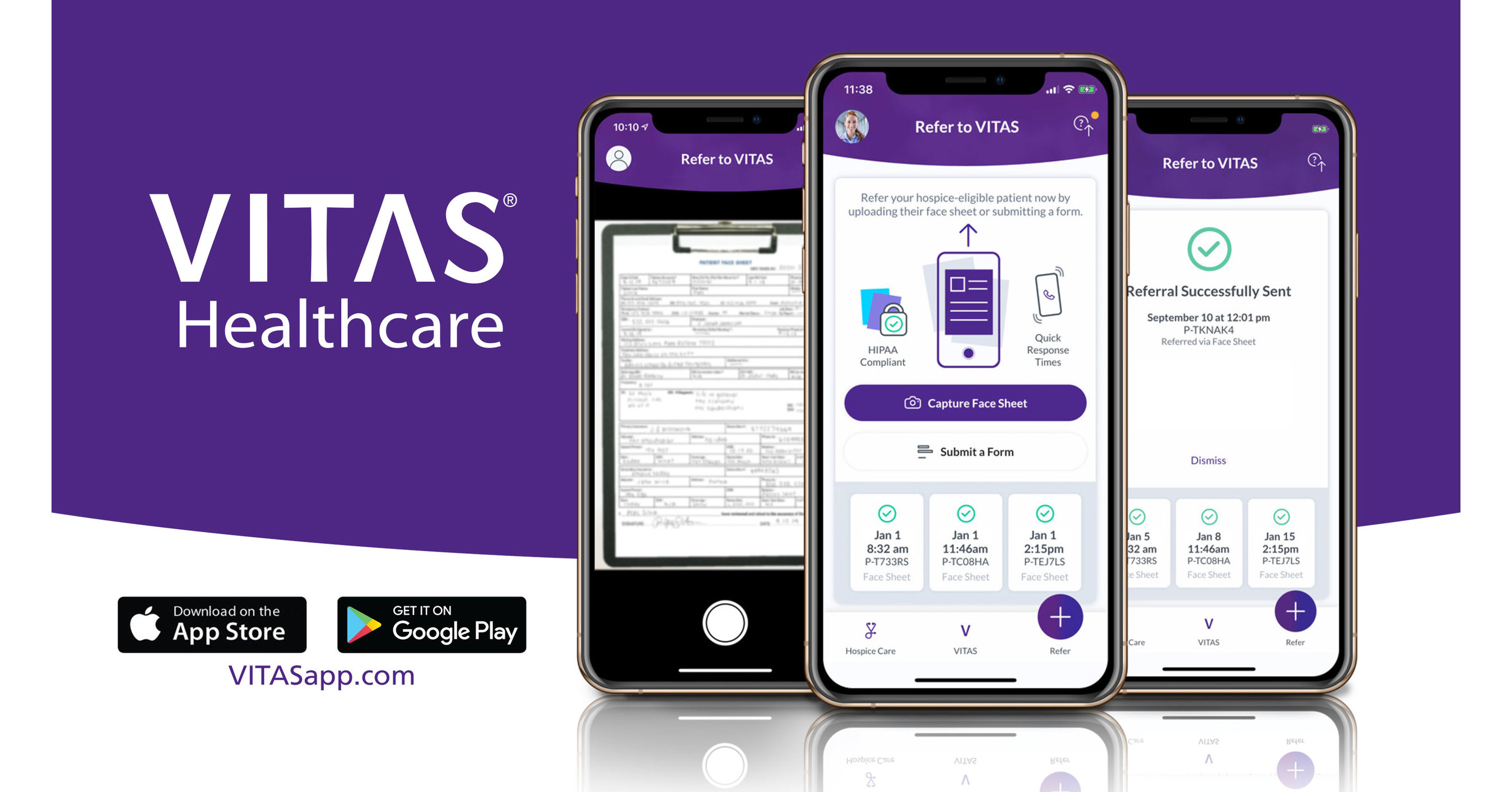
A healthcare provider will ask questions about the patient's symptoms, as well as those of other family members. The doctor may also request medical records from the patient's primary care physician. In some cases, an autopsy may be necessary to confirm a diagnosis of Alzheimer's disease. However, doctors still prefer to diagnose using the traditional method. This article will explore the benefits of each type. Let's take a closer look at the three main methods used to diagnose Alzheimer's disease.
Cerebrospinal fluid examination
A recent study evaluated the accuracy of cerebrospinal liquid analysis in the diagnosis Alzheimer's. The researchers looked at data from 1,016 patients undergoing lumbar puncture for mild cognitive impairment and different forms of dementia. The cerebrospinal fluid samples went to a commercial laboratory for analysis. The researchers found that b-amyloid(1-42) levels were significantly lower in patients with EAD compared to LAD.

Memory tests
Recent studies have shown that simple memory tests might be an early indicator of Alzheimer’s disease. Research published in Journal of Neurology showed that people with poor memory scores were more likely develop beta-amyloid plaque, a biomarker of Alzheimer’s. A low score on the memory test may aid in diagnosing the disease sooner. There were several limitations to the test, including low education. A study like this could help find new treatments for patients suffering from memory loss.
Brain scans
Although there are many causes for dementia, brain scans are often used by doctors to rule out any other conditions. These scans can detect brain changes and functions. A brain scan might also reveal signs and symptoms of Alzheimer's. For example, a shrinkage in the cerebral cortex. Many types of brain scans are available to help diagnose the disease. Read on to learn more about the benefits and limitations of brain scans.
Autopsy
The only way to diagnose Alzheimer's disease definitively is to perform an autopsy. Even with the most accurate tests, the symptoms of Alzheimer's are still difficult to detect and may even be masked by other disorders. Blood tests and urine tests help rule out other conditions, such as infection, diabetes, kidney or liver disorder, nutritional deficiencies, or abnormal levels of thyroid hormone. Brain imaging is used often to rule out cancer, stroke, and blood clots.

Assessment of mood
A mood assessment is important in diagnosing Alzheimer's disease. Modern mood assessment measures have been created and tested in many settings and with a wide range of people. An example of a test that can measure positive and/or negative moods would be the ADRD Mood Scale. Mood assessment can be used to help clinicians differentiate between the symptoms of Alzheimer's disease and other forms of dementia.
FAQ
What are my options for vaccines?
Vaccines can be very effective and safe ways to stay healthy. They work by giving you immunity against certain diseases. Vaccinations are given during the adolescence and childhood. Your doctor will discuss when it is best to get vaccinated.
Who controls the healthcare system in Canada?
It all depends how you view it. Public hospitals may be owned by the government. Private companies may run private hospitals. Or you can combine both.
What does "health promotion" mean?
Health promotion means helping people to stay well and live longer. This promotes health rather than treating existing diseases.
It includes activities such as:
-
eating right
-
Sleeping enough
-
exercising regularly
-
Staying fit and active
-
It is important to not smoke
-
managing stress
-
Keeping up with vaccinations
-
Avoiding alcohol abuse
-
Regular screenings, checkups, and exams
-
How to manage chronic illness.
What is the difference between a doctor and a physician?
A doctor refers to a person who is licensed to practise medicine and has completed his/her training. A physician refers to a medical professional that specializes in one area of medicine.
What is the distinction between the health service and the health system?
Health systems can be more than just providing healthcare services. They encompass everything that happens in the overall context of people’s lives, such as education, employment, housing, and social security.
Healthcare services focus on specific conditions like cancer, diabetes and mental illness.
They may also refer to the provision of generalist primary care services by community-based practitioners working under the direction of an NHS hospital trust.
Statistics
- Healthcare Occupations PRINTER-FRIENDLY Employment in healthcare occupations is projected to grow 16 percent from 2020 to 2030, much faster than the average for all occupations, adding about 2.6 million new jobs. (bls.gov)
- Price Increases, Aging Push Sector To 20 Percent Of Economy". (en.wikipedia.org)
- The healthcare sector is one of the largest and most complex in the U.S. economy, accounting for 18% of gross domestic product (GDP) in 2020.1 (investopedia.com)
- The health share of the Gross domestic product (GDP) is expected to continue its upward trend, reaching 19.9 percent of GDP by 2025. (en.wikipedia.org)
- For the most part, that's true—over 80 percent of patients are over the age of 65. (rasmussen.edu)
External Links
How To
What is the Healthcare Industry Value Chain
All activities that are involved in providing healthcare services for patients make up the healthcare industry value chain. This includes both the business processes in hospitals and clinics, as well the supply chains that connect them with other providers like doctors, pharmacists, insurers, manufacturers, wholesalers, distributors, etc. The end result is a continuum, which begins with diagnosis and ends at discharge.
There are four components to the value chain:
-
Business Processes – These are the tasks that individuals perform throughout the delivery of health care. One example is that a doctor might do an examination and prescribe medication. The prescription will then be sent to a pharmacy for dispensing. Each step must be done correctly and efficiently.
-
Supply Chains – All organizations that ensure the right supplies reach the correct people at the right times. A typical hospital has many suppliers. They include pharmacies as well lab testing facilities, imaging center, and even janitorial employees.
-
Networked Organisations - This is a way to coordinate all the entities. Most hospitals have multiple departments. Each department has its own office and phone number. To ensure that everyone is up to date, every department will have a central point from which employees can access updates.
-
Information Technology Systems - IT is critical in ensuring that business processes run smoothly. Without it, everything could go down quickly. IT provides an opportunity to integrate new technologies into the system. If doctors want to integrate electronic medical records in their workflow, they can use secure network connections.